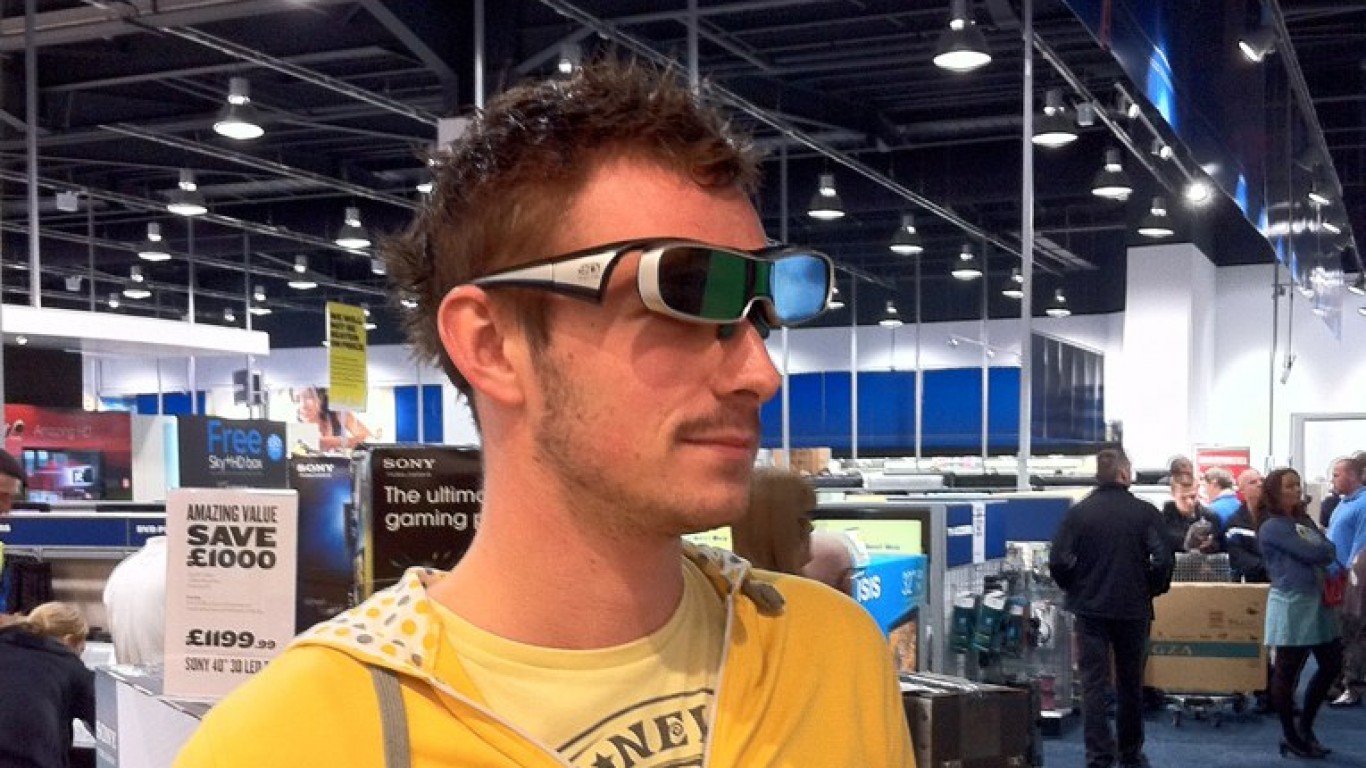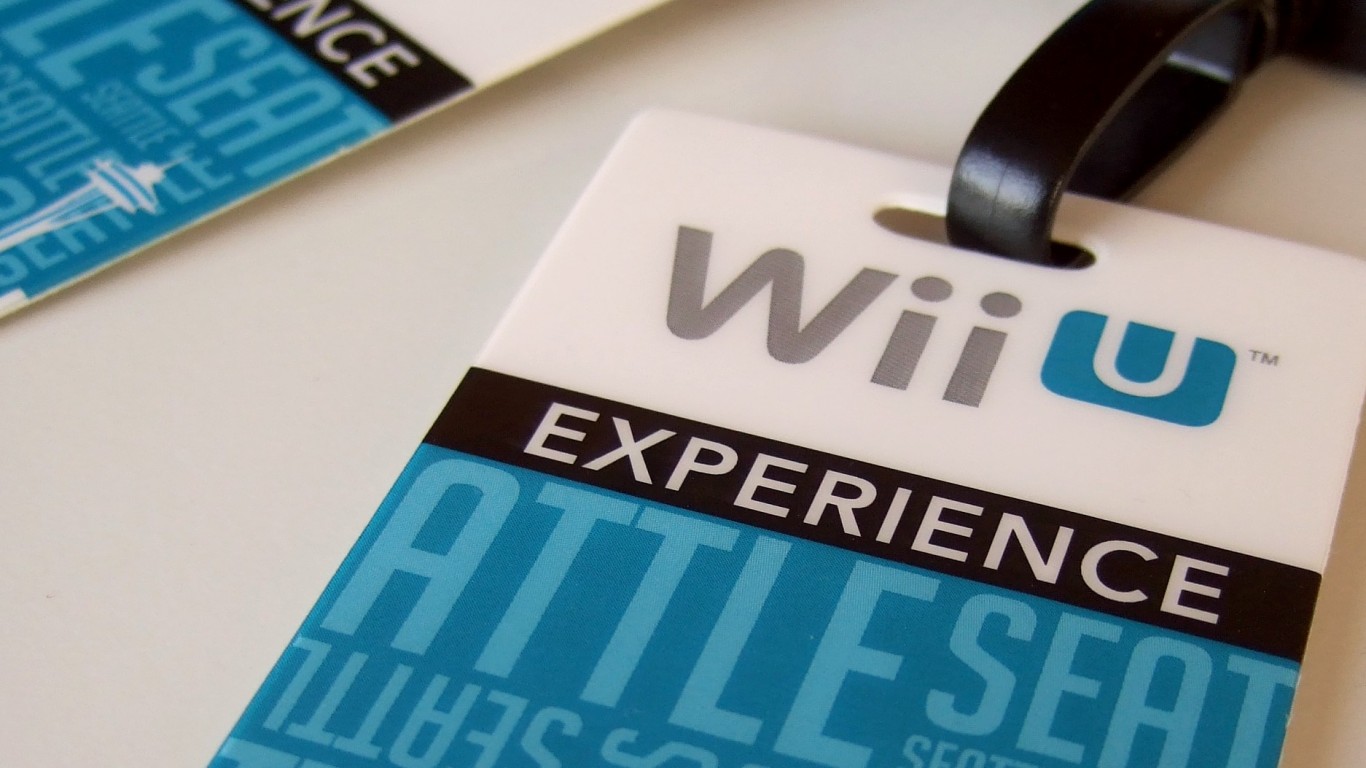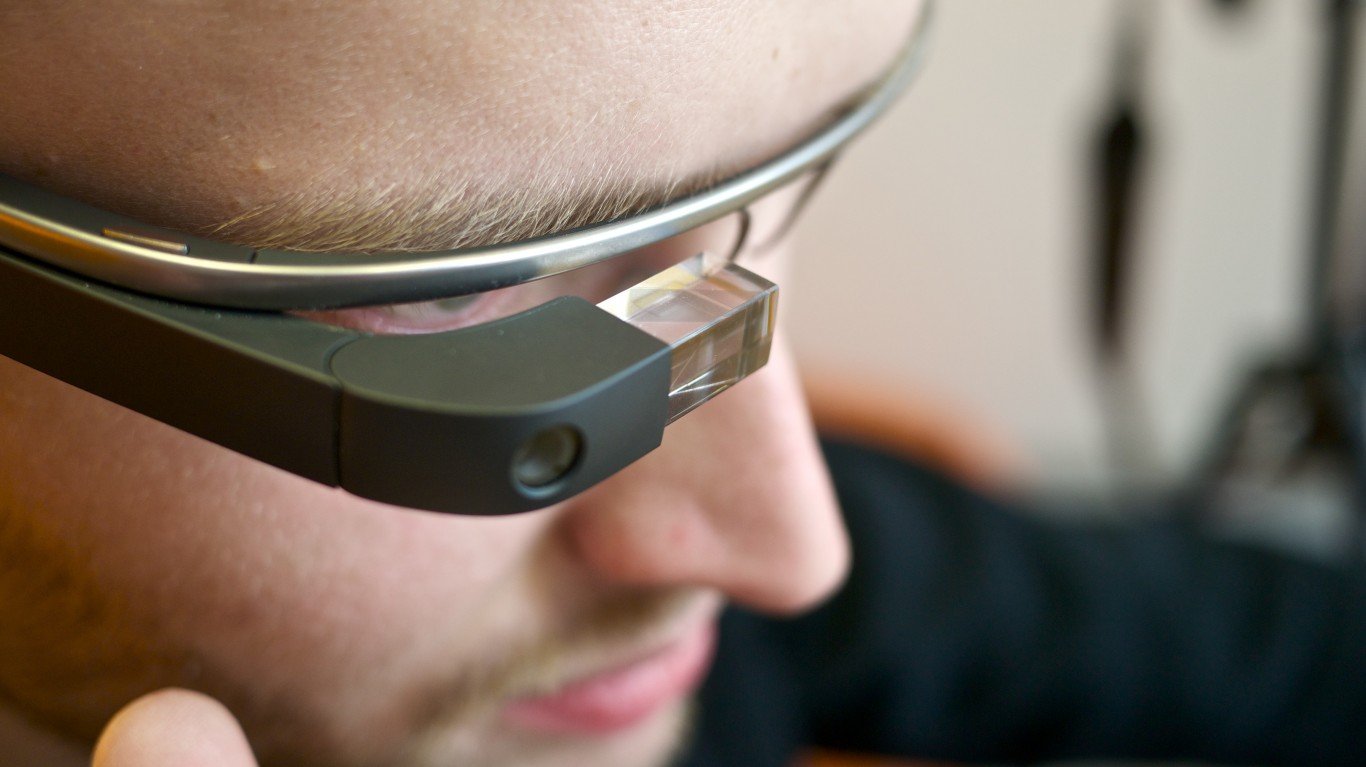The 25 Biggest Product Flops of the Decade
December 13, 2019 by Sam StebbinsIn a consumer driven economy like that of the United States, companies grow and thrive by regularly introducing new and innovative products. Every year, businesses — ranging from small startups to global industry titans — release countless new products in the hopes of grabbing market share. Some strike a chord with consumers, and some do not.
24/7 Wall St. reviewed some of the greatest recent product launch blunders to identify the biggest product flops of the decade. We selected these products largely considering the expectations that companies, investors, and consumers had placed in them — and how far short they fell. The products cover a range of industries, including tech, auto, fashion, media, and food and they are not ranked in any particular order.
There can be any number of reasons a product becomes a flop. Many of the products on this list came late to an already crowded field, offering too little too late to gain any significant traction with consumers. In other cases, products marketed as innovative and revolutionary were ultimately exposed as scams, effectively. Other products on this list simply did not provide anything American consumers were looking for, and others still were downright dangerous.
For companies to be successful, they often have to take some risks. Many of the companies behind the failed products on this list are leaders in innovation and invest heavily in research and development. These companies, while notable for their failures, are more recognized and often revered for their successes. Here is a look at the world’s 50 most innovative companies.
Still, a major product flop can be harmful not just to a company’s bottom line, but also to its reputation. Some companies on this list have suffered tremendously for their missteps — either by going out of business, or by falling out of the public’s good graces. Here is a list of America’s most hated companies.
Click here to see the biggest product flops of the decade

25. MoviePass
> Company: Helios and Matheson Analytics
> Year introduced: 2011
> What it was: Movie ticket subscription
Though MoviePass was founded in 2011, it did not receive widespread public recognition until 2017, when it introduced a plan that would allow subscribers to go to the movie as many times as they wanted for just $10 a month. The company planned to generate revenue through the data it gleaned from users, but revenue never kept pace with expenses. MoviePass had 400,000 subscribers within a month of the change, over a million within two months, and 2 million in four months. By spring 2018, the company was losing $20 million a month and was forced to restructure plans for subscribers, restricting the number of movies they could see. Problems continued for the service until it ultimately shut down on Sept. 14, 2019.
[in-text-ad]
24. Galaxy Note 7
> Company: Samsung
> Year introduced: 2016
> What it was: Tablet phone
Samsung, which recently overtook Apple in the smartphone market, also had one of more recent product flops. The Note S7, a tablet phone that launched in August 2016, was initially well received. However, it had a serious flaw. A problem with the battery software resulted in the phones catching fire on several occasions, including once on a Southwest Airlines flight, which had to be evacuated. Soon, the Department of Transportation made it illegal to bring a Note 7 on a commercial flight. By October, after an extremely expensive recall, Samsung suspended production of the Note 7 worldwide. The company lost billions of dollars due to the debacle.

23. Astro Pants
> Company: Lululemon Athletica
> Year introduced: 2013
> What it was: Yoga pants
Astro Pants marked a major misstep for women’s athleisure brand lululemon. The form-fitting yoga pants became effectively translucent when wearers bent over. The gaffe resulted in the Vancouver-based company recalling 17% of its yoga pants and an estimated $67 million in lost revenue. Even after the company attempted to address the issue, problems lingered with customers complaining that the pants — which sold for about $100 a pair — were still too sheer.

22. The Daily
> Company: News Corp
> Year introduced: 2011
> What it was: Digital newspaper
The Daily — not to be confused with the popular New York Times’ podcast of the same name — was media mogul Rupert Murdoch’s attempt to cash in on the growing popularity of tablets. Produced News Corp, the media company Murdoch founded, The Daily was a subscription-based, tablet-only newspaper. First only available to iPad users, The Daily was eventually introduced to other tablets, like the Kindle. However, the virtual newspaper never caught on and was scrapped after less than two years. The project cost News Corp an estimated $30 million.
[in-text-ad-2]
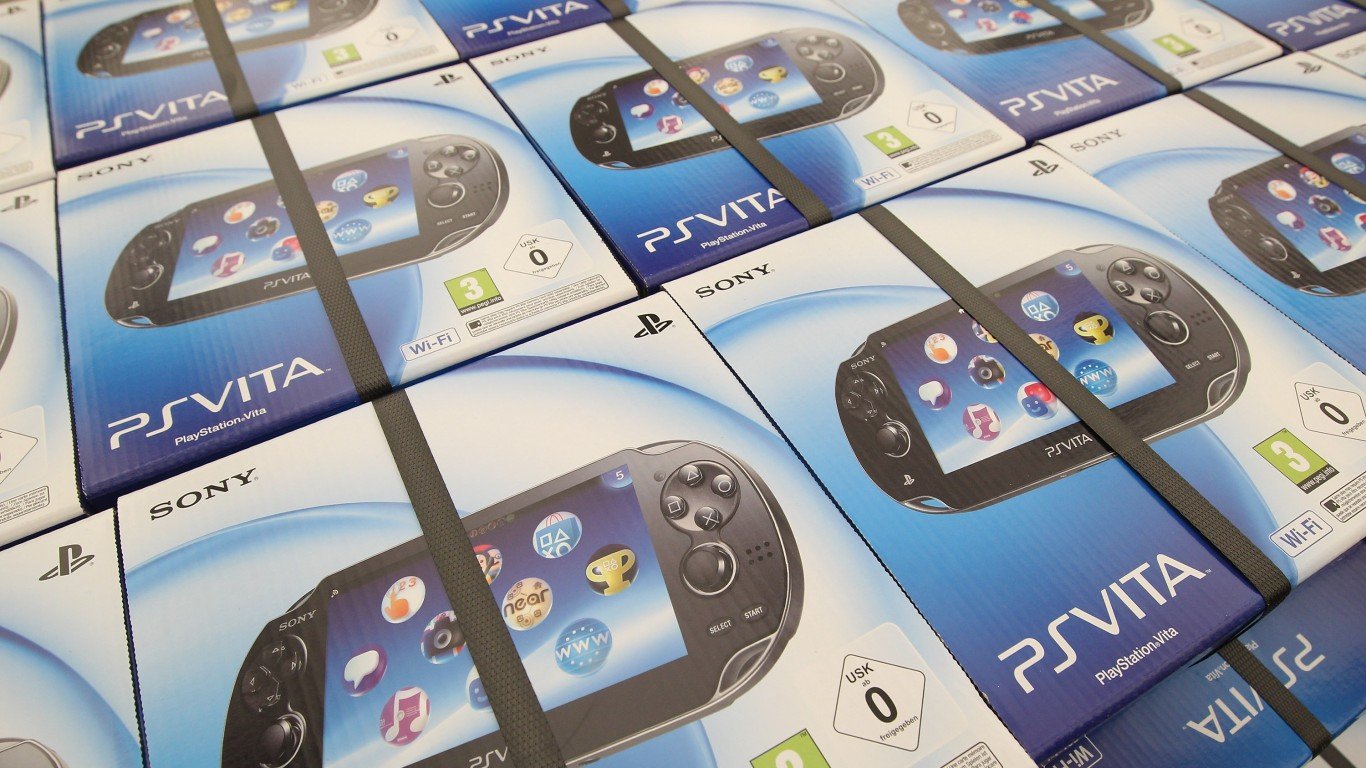
21. PlayStation Vita
> Company: Sony
> Year introduced: 2012
> What it was: Video game system
The Nintendo Wii U is not the only video game console to make this list — Sony’s PlayStation Vita also ranks among the decade’s worst product flops. The handheld system, introduced in North America in 2012, was Sony’s attempt to maintain a foothold in the handheld gaming market that was booming with the proliferation of smartphones. Despite a wide variety of available games, however, the Vita could not keep up with the competition. Critics said the system lacked innovation found in more popular handheld gaming systems like the Nintendo DS.
The system’s demise was a long time coming. Sony stopped publishing unit sales in investor reports in 2013; stopped developing games in 2015; and ended game production in 2018. Production of the system officially ended in March 2019.
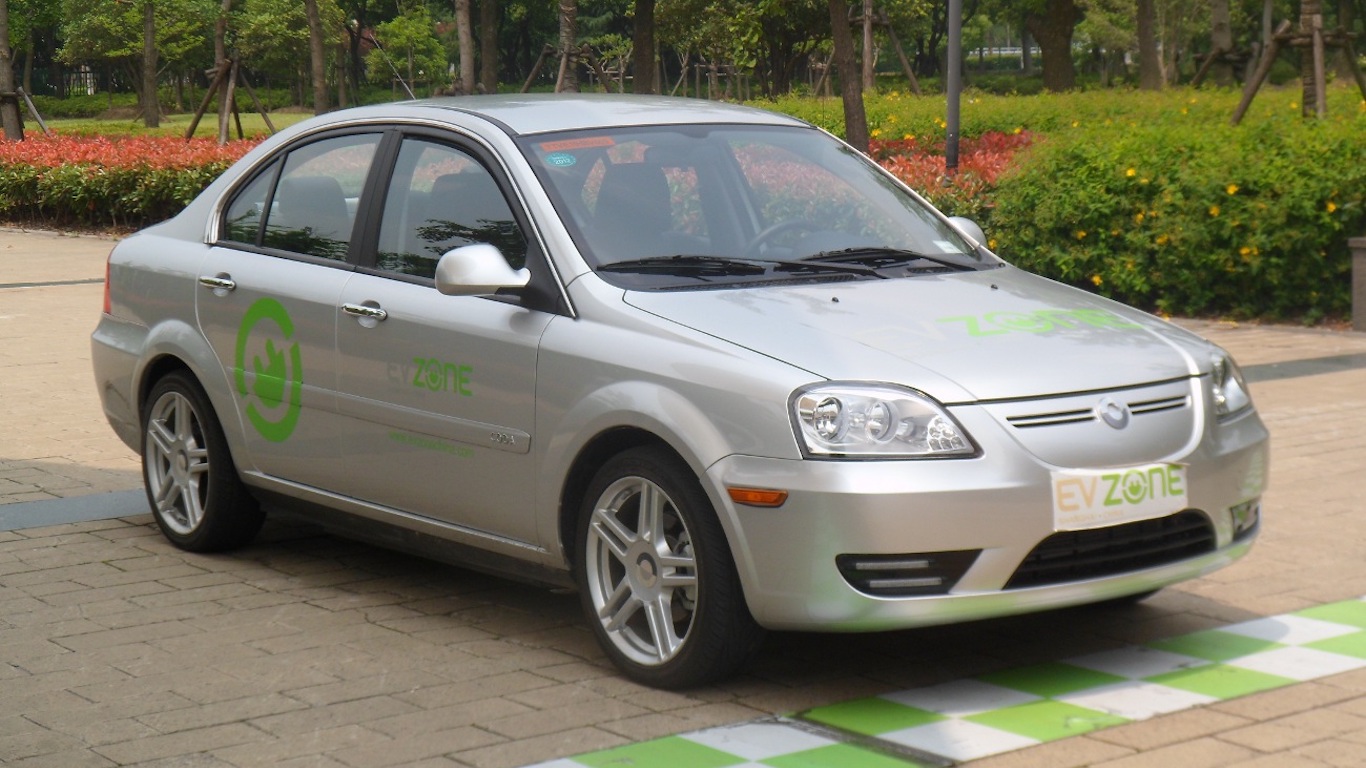
20. Coda EV
> Company: Coda
> Year introduced: 2012
> What it was: Electric car
Few may remember the short-lived all-electric four-door sedan known as the Coda, despite the hype it generated. To make the vehicle, Coda, the California-based manufacturer, took a Hafei Saibao — a subcompact Chinese sedan — and outfitted it with a lithium ion battery that provided an 88 mile range. The Coda had the misfortune of debuting alongside Tesla’s far more appealing Model S sedan.
The Coda came with a sticker price of about $40,000, and only sold about 100 units. The year after its introduction, Coda was trying to unload its inventory on eBay, with some vehicles failing to attract bidders beyond the $14,000 minimum.
[in-text-ad]
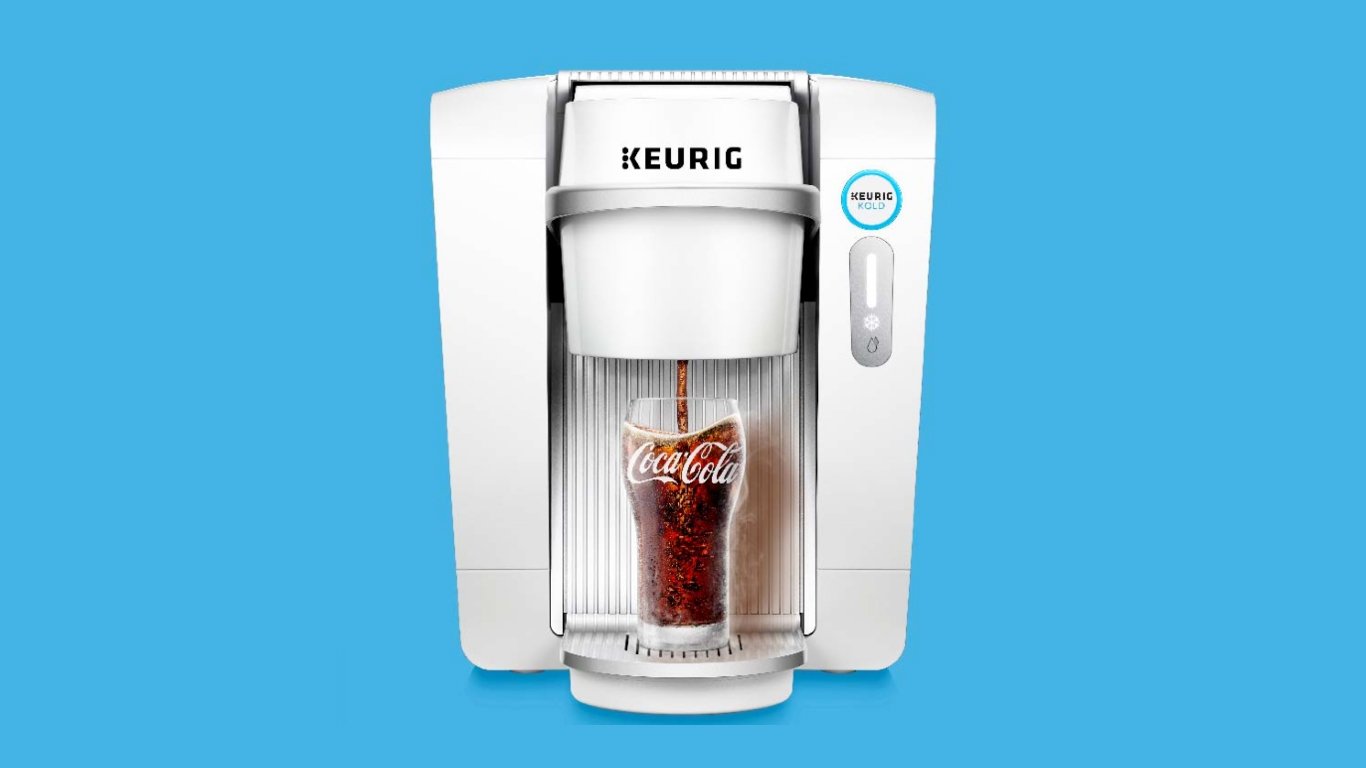
19. Keurig KOLD
> Company: Keurig
> Year introduced: 2016
> What it was: Appliance
Kold was an ill conceived at-home soda machine from Keurig, the company famous for its coffee machines that brew by the cup through single-use pods. Prohibitively expensive for many, the Kold sold for anywhere between $299 and $369, depending on the retailer and pods, which produced 8 ounces of soda and cost several dollars a piece. The idea, meant to extend Keurig’s market reach beyond coffee, came at an odd time, as Americans began drinking less soda.
Still, it was enough to catch the attention of executives a Coca-Cola, a company that invested $1 billion in the project. Keurig discontinued Kold in June 2016, less than a year after its debut. In addition to its high price, the noise the machine made, its massive size, and tendency to overheat all contributed to its demise.

18. Google+
> Company: Alphabet
> Year introduced: 2011
> What it was: Social media site
Google+ was a social media platform the Silicon Valley giant launched in 2011 to compete with Facebook. Even with a monumental marketing campaign, however, Google+ failed to distinguish itself from Facebook and never took off in the same manner. While the site experienced an initial surge in subscribers, by April 2015, Google+ had a 98% decline in user engagement. In April 2019, Google+ was shut down for good.
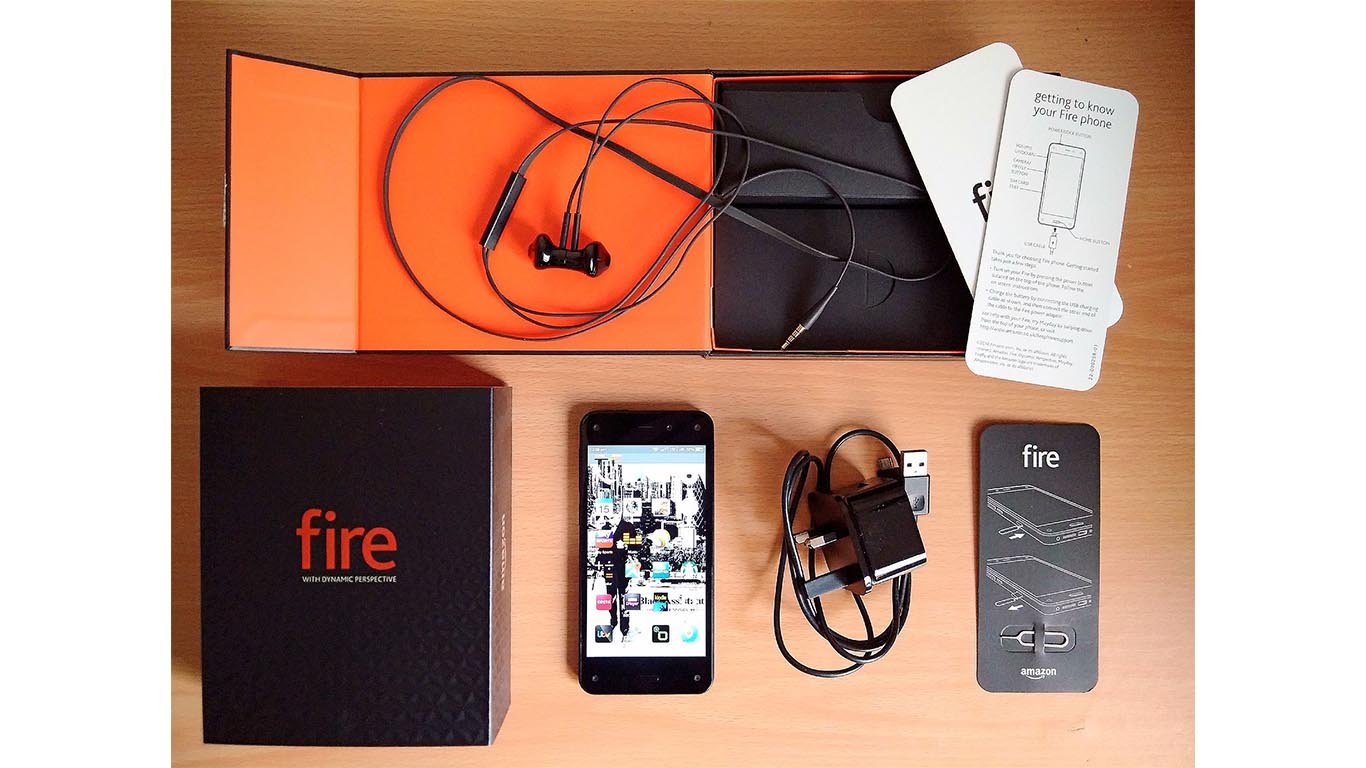
17. Amazon Fire Phone
> Company: Amazon
> Year introduced: 2014
> What it was: Smartphone
E-commerce giant Amazon does many things well, but making smartphones is not one of them. The company released its Amazon Fire Phone in 2014 — and just 13 months later, the initiative was scrapped. The device’s failure was attributable to several factors. For one, it did not offer as many apps as competitor devices — just 240,000 compared to over a million available to Android users. It also came late to a crowded market as — iPhone was already in its eighth generation. Additionally, the phone’s unique features were geared more to encourage users to make more purchases on Amazon than to their actual needs.
Just months after the phone’s announcement, Amazon reportedly had $83 million worth of phones in inventory, and the company was forced to take a $170 million writedown charge on costs associated with the device.
[in-text-ad-2]
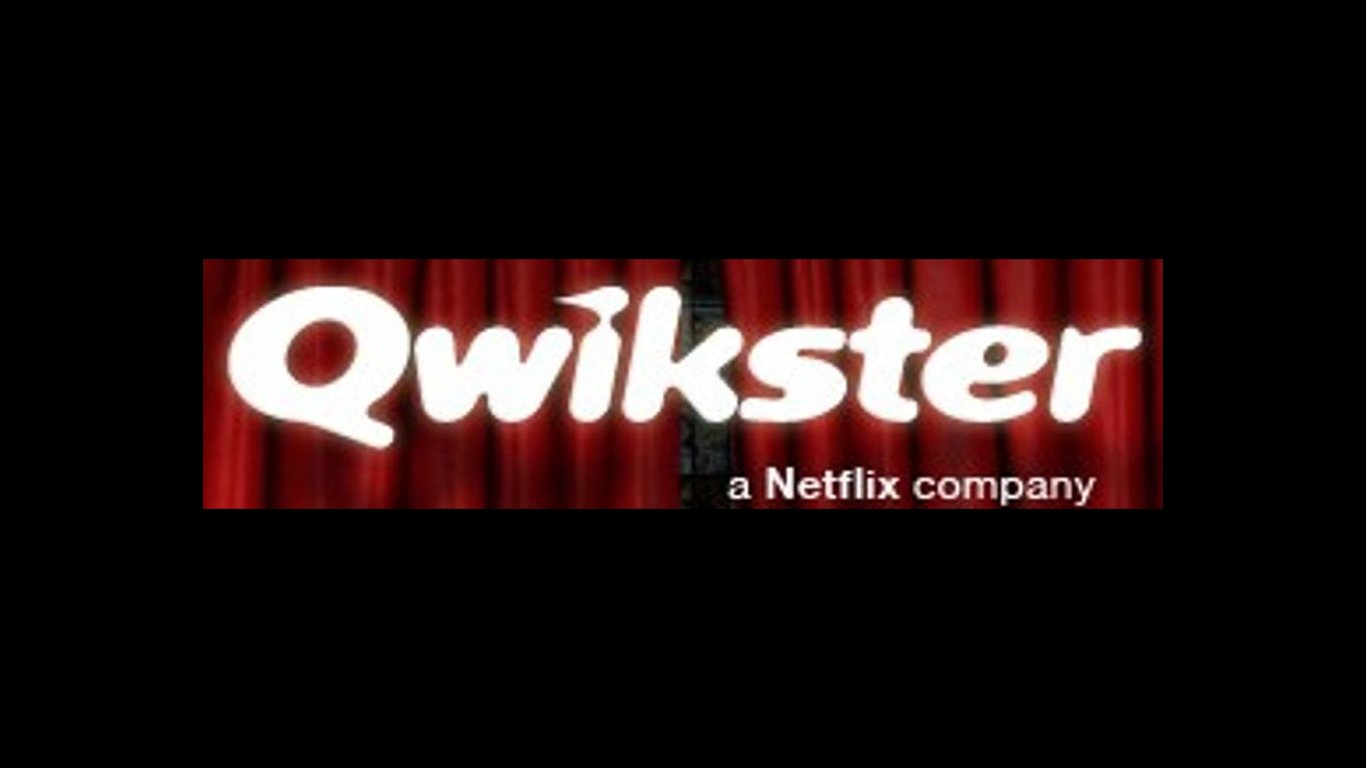
16. Qwikster
> Company: Netflix
> Year introduced: 2011
> What it was: DVD rental service
Before Netflix became the media streaming giant we know today, it was exclusively a deliver-by-mail DVD rental service. In an ill conceived of strategy, CEO Reed Hastings announced in September 2011 the company’s plan to spin off its DVD rental service into a separate company, known as Qwikster. Following the move, which was meant to allow Netflix to focus more on its streaming services, customers would have to pay about 60% more if they wished to continue to have access to both services. Unpopular with customers and widely criticized, Hastings scrapped the plan shortly after it was announced.
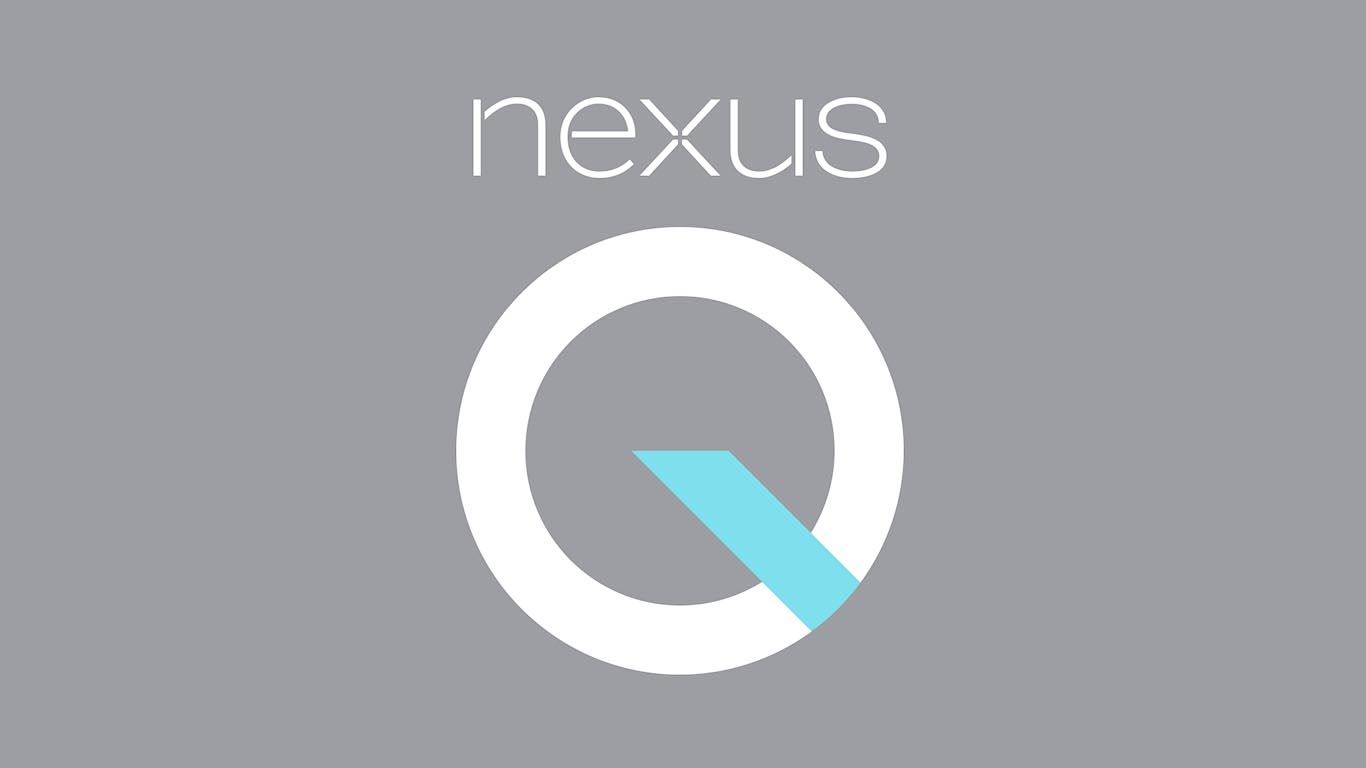
15. Nexus Q
> Company: Alphabet
> Year introduced: 2012
> What it was: Media streaming device
The Nexus Q, a media streamer exclusively for Google media services audio and video content, was a pricey device trying to break into a crowded market. With a price tag of $299, the Nexus Q cost many times the price of similar existing products like Apple TV, Roku, or Sonons.
The Q never made it past the pre-order stage, however, and those who ordered one were issued a refund and given the device for free. Google’s decision to halt the product’s release was likely due to the realization that it simply could not compete with other, less expensive products.
[in-text-ad]

14. King Arthur: Legend of the Sword
> Company: Warner Bros.
> Year introduced: 2017
> What it was: Film
Warner Bros’ 2017 epic “King Arthur: Legend of the Sword” is the more recent of two box office bombs to rank on this list. The film, directed by industry veteran Guy Ritchie, cost $175 million to make and grossed less than $150 million. Panned by critics, the movie was intended to be the first of a six-part series, but those plans were scrapped after the film’s dismal opening weekend performance at the box office.
13. Jawbone Fitness Tracker
> Company: Jawbone
> Year introduced: 2011
> What it was: Wearable technology
While some companies, like Fitbit, have had tremendous success in wearable fitness tracker technology, others, like Jawbone, have failed. The company, which was founded in the 1990s, has found a considerable market for its Bluetooth speakers and was valued at over $3 billion in 2014.
The company expanded its reach in 2011 with the development of its fitness tracking bracelet. Initially, many complained the device did not work, and Jawbone implemented a no-questions-asked refund policy. By the time the company had re-released the product, Nike and Fitbit had taken up much of the market. To stay afloat, Jawbone was forced to take hundreds of millions of dollars in loans until it could no longer pay its business partners. Jawbone was ultimately forced to liquidate and go out of business.
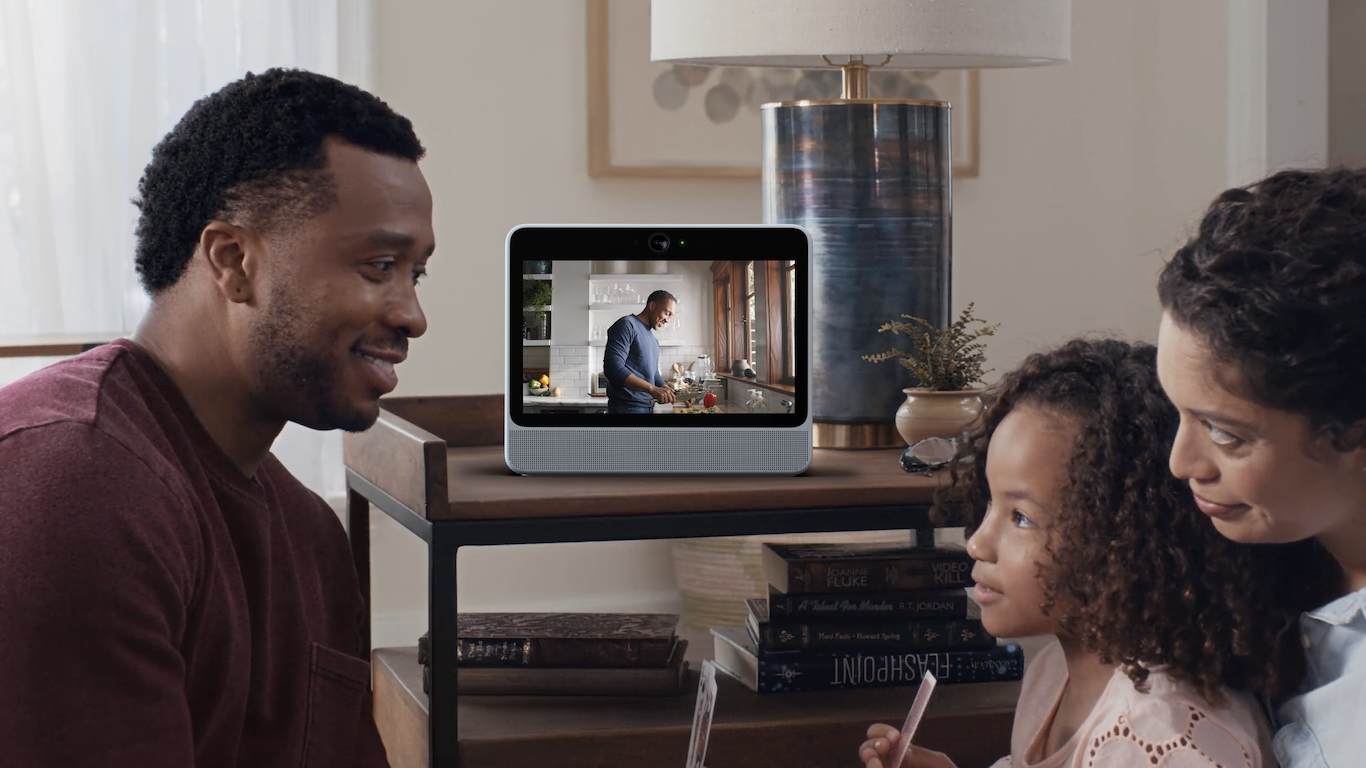
12. Portal
> Company: Facebook
> Year introduced: 2018
> What it was: Webcam
Few were surprised when business news magazine Fast Company reported earlier this year that sales of Facebook’s smart display communication device, Portal, were “very low” — and that is despite a considerable price reduction. Initially costing $199 or $349, depending on the model, prices now range from $129 to $279.
Even before evidence emerged that the Portal was a commercial failure it was already a critical failure. Upon its 2018 release, reviews of the device were anywhere from icy to outright hostile, questioning the need for such a device while also pointing out that, in the wake of Facebook’s Cambridge Analytica scandal, giving the company access to a camera in your home may not be the best idea.
[in-text-ad-2]

11. Juicero
> Company: Juicero Inc.
> Year introduced: 2016
> What it was: Appliance
When Juicero launched in 2016, it was billed as the first at home cold-pressed juicing system. The Wi-Fi connected appliance came with a price tag of $699, and all users had to do for a glass of juice was put a prepackaged “produce” into the machine and press. The product generated a lot of buzz until a Bloomberg report exposed its uselessness, as users could just as easily squeeze the 99 cent juice packets into a cup with their hands — without the aid of the Juicero, that had its price reduced to $399 after a few months on the market. Months after Bloomerg’s expose, the Juicero was taken off the market and customers were offered refunds.
10. 3D TV
> Company: Panasonic, LG, Samsung, etc.
> Year introduced: 2009
> What it was: Television set
Following the blockbuster success of the 2009 film “Avatar,” which brought in $2.8 billion in ticket sales worldwide and was screened in 3D, makers of home entertainment systems saw a new opportunity — 3D televisions. However, as TV manufacturers like LG, Panasonic, and Samsung soon discovered, the complications and additional costs associated with 3D TV were too much for the average consumer.
The list of problems was long. Glasses were required for 3D viewing and they could go for as much as $100 a pair and were often not compatible across brands. Additionally, consumers needed to buy 3D-compatible Blu-ray players and cable boxes. 3D TVs are also dimmer than traditional TV sets, and the 3D experience proved difficult to implement for live TV. One by one, manufacturers pulled out of 3D market: Vizio in 2013, Samsung in 2016, and LG and Sony in 2017.
[in-text-ad]

9. HP Touchpad
> Company: Hewlett-Packard
> Year introduced: 2011
> What it was: Tablet computer
The TouchPad was Hewlett Packard’s attempt to compete with Apple’s wildly successful iPad. Hewlett Packard unveiled the device in the middle of 2011 with an extremely costly advertising campaign. The rollout incorporated numerous celebrity contracts. By late summer, however, box stores such as Best Buy were sitting on excess inventory and HP began offering steep discounts. Many discounted TouchPads were sold at a loss. The company wrote off $885 million in assets in 2011 related to terminating devices such as TouchPad.
8. Nintendo Wii U
> Company: Nintendo
> Year introduced: 2012
> What it was: Video game system
Nintendo’s Wii U was the follow-up to the company’s successful Wii video game console. Launched in late 2012 with a $300 price tag, sales of the new system were disappointing right out of the gate. Nintendo executives attributed the poor sales to a lack of games, but even after the company reduced the system’s price and introduced more games, sales remained well below expectations.
Wii U sales were trounced by competitors like Xbox One and PS4 and Nintendo pulled the plug on production in 2017.
7. Megyn Kelly Today
> Company: NBC
> Year introduced: 2017
> What it was: TV show
In January 2017, Fox News anchor Megyn Kelly left the network after more than a decade to take an offer from NBC to host an hour on the “Today” show. The highly publicized move was made in the hopes that Kelly would be the network’s next major star. However, nothing worked out the way Kelly or NBC wanted. Her tenure at the “Today” show was marred by awkward moments on air and low ratings. The final straw was an October 2018 show in which Kelly defended the use of black face on Halloween. By the end of the day she had issued an apology, but it was not enough. “Today” show veteran Al Roker and others criticized Kelly on air the following day, and by the end of the week, it was clear Kelly would be let go.
[in-text-ad-2]

6. Fiat 500
> Company: Fiat Chrysler Automobiles
> Year introduced: 2011
> What it was: Car
Following the Italian automaker’s merger with Chrysler, the company brought its 500 model — a compact car designed to compete with the Volkswagen Beetle — to the American market in 2011. Initially a relative success, the Fiat 500’s fortune quickly changed. Fiat sold 46,999 units of its 500 to American motorists in 2012. Sales fell by 22.6% the following year and continued to fall every year since. In September 2019, the company announced plans to discontinue the car in the United States. In 2018, its last full sales year, Fiat sold only 5,370 500s.
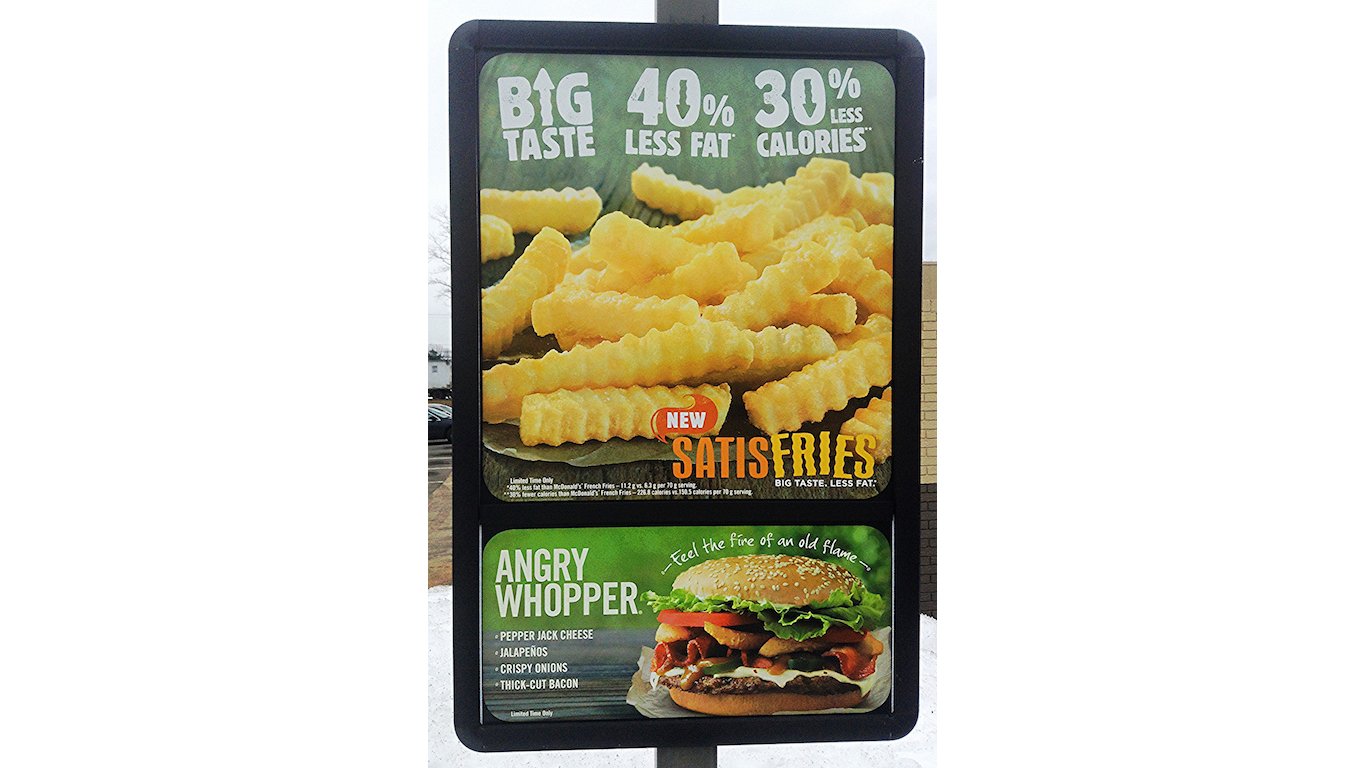
5. Satisfries
> Company: Burger King
> Year introduced: 2013
> What it was: Food
In 2013, Burger King introduced a new menu item advertised as a healthy alternative to the chain’s traditional French fries. By using a less porous batter, Satisfries absorbed less oil than regular fries during cooking. While Satisfries were made with a healthier recipe, Burger King failed to convey the difference to customers. The fries were also more expensive than Burger King’s regular french fries and failed to gain traction with consumers. The company discontinued the fries in 2014, less than a year after they were introduced.
[in-text-ad]

4. Palm phone
> Company: Palm Inc.
> Year introduced: 2018
> What it was: Smartphone
The Palm phone was introduced in 2018 as a companion device — a smaller than typical smartphone that shares a number with the user’s primary phone. The phone was criticized when it hit the market for its short battery life, subpar camera, and inefficient operating system. The idea was that it would serve as a minimalist device for those who are constantly distracted by their smartphones — but many rightly pointed out that buying another device is a counterintuitive way to simplify. The device originally came with a price tag of $350, but is now available as a standalone phone for less than $200.
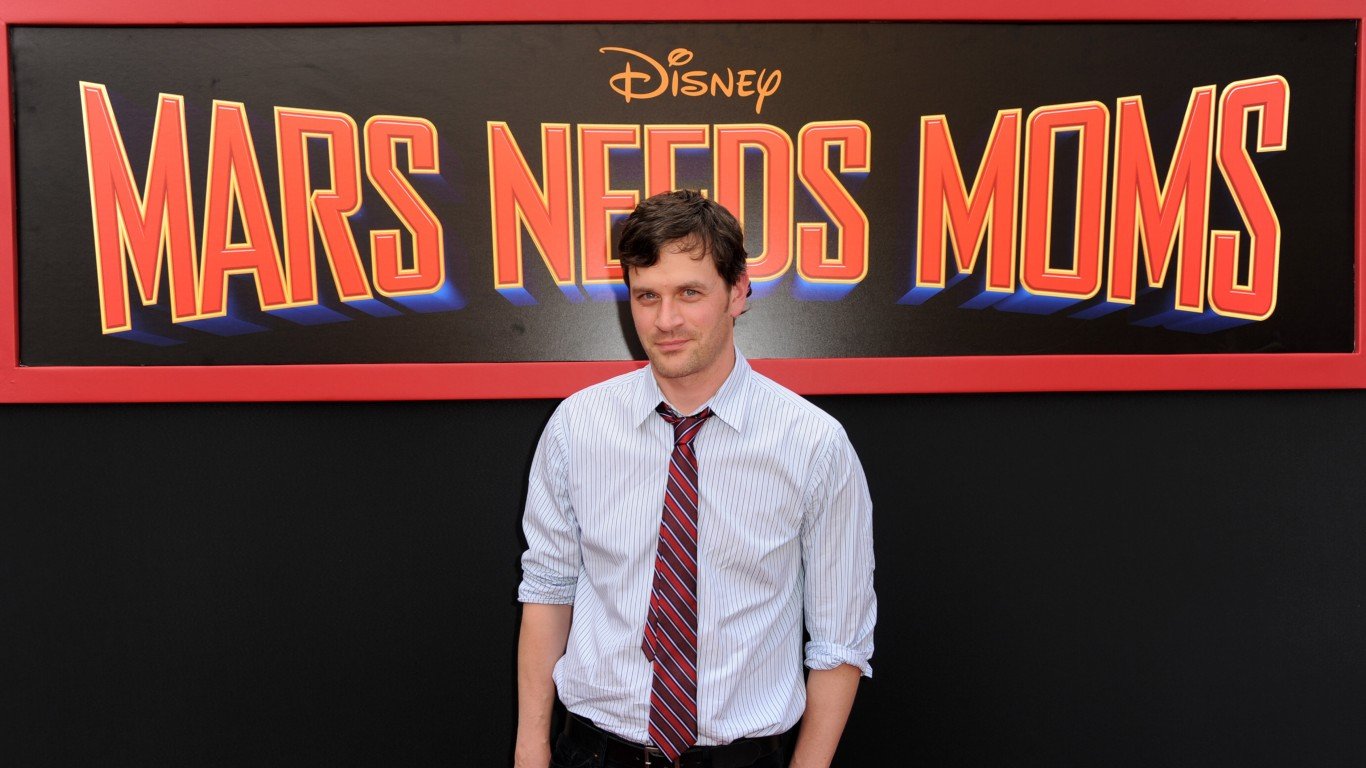
3. Mars Needs Moms
> Company: Walt Disney Studios Motion Pictures
> Year introduced: 2011
> What it was: Film
No movie lost more money in the last decade than Disney’s “Mars Needs Moms.” With a production budget of about $150 million and worldwide ticket sales of only $39.5 million, the movie lost over $110 million.
Film critics partially blamed animation studio ImageMovers Digital for the film’s box office failure. The movie was animated using an expensive motion-capture process, which produced character movements that many found difficult to watch. ImageMovers Digital was closed after the studio wrapped production on the film.
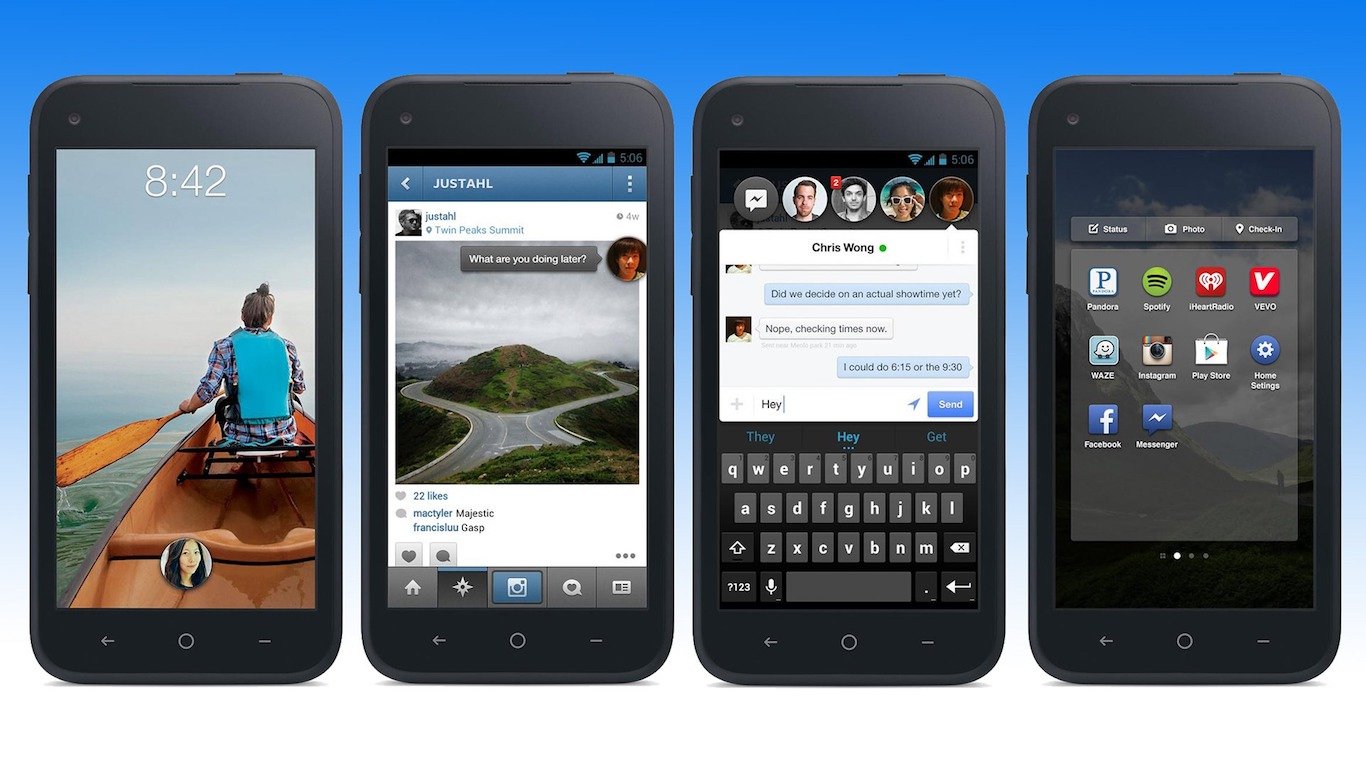
2. Home
> Company: Facebook
> Year introduced: 2013
> What it was: Mobile phone app
The Facebook Home is yet another example of the Silicon Valley social media giant overreaching. With rising mobile phone use and social media engagement, Facebook in 2013 decided to launch a family of apps that combine these trends. Facebook Home converts the home screen of a smartphone into the Facebook news feed. While most of Facebook’s over 1 billion users log in to their accounts on a smartphone, the social media giant’s new product never caught on. Early users cited clunky operation, the inability to toggle between Facebook Home and the original phone interface, and lack of options for customization, among other snags.
[in-text-ad-2]
1. Google Glass
> Company: Alphabet
> Year introduced: 2013
> What it was: Wearable technology
Google first announced Google Glass — an eyeglasses-shaped head-mounted display with smartphone capabilities — to the public in 2012. The announcement began with a statement of principle: “We think technology should work for you — to be there when you need it and get out of your way when you don’t.” After two years of disappointing sales, it was clear consumers did not need Google Glass. Google stuck to its principle, and in 2015 discontinued the product’s development. Privacy concerns, reported bugs, low battery life, bans from public spaces, and an inability to live up to the hype all stymied public adoption of the technology.
Sponsored: Want to Retire Early? Here’s a Great First Step
Want retirement to come a few years earlier than you’d planned? Or are you ready to retire now, but want an extra set of eyes on your finances?
Now you can speak with up to 3 financial experts in your area for FREE. By simply clicking here you can begin to match with financial professionals who can help you build your plan to retire early. And the best part? The first conversation with them is free.
Click here to match with up to 3 financial pros who would be excited to help you make financial decisions.
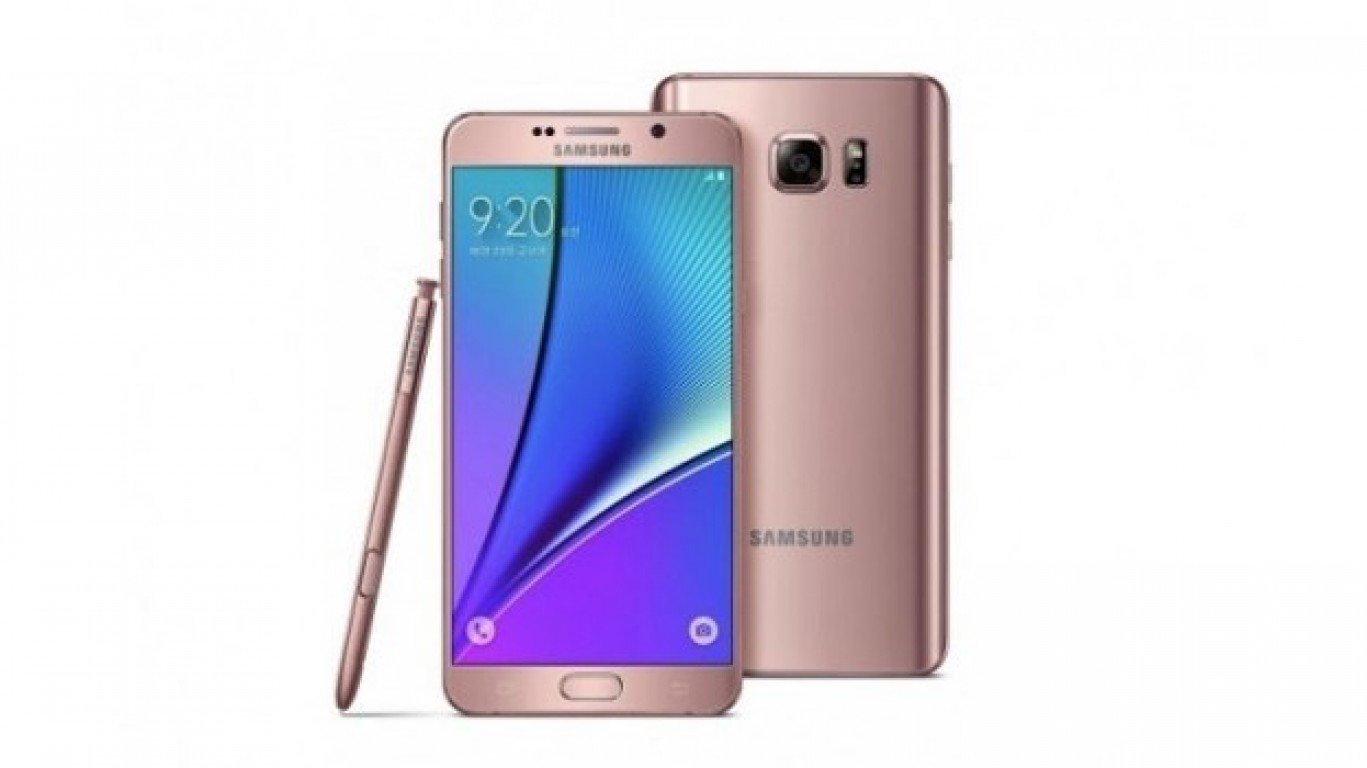
 24/7 Wall St.
24/7 Wall St.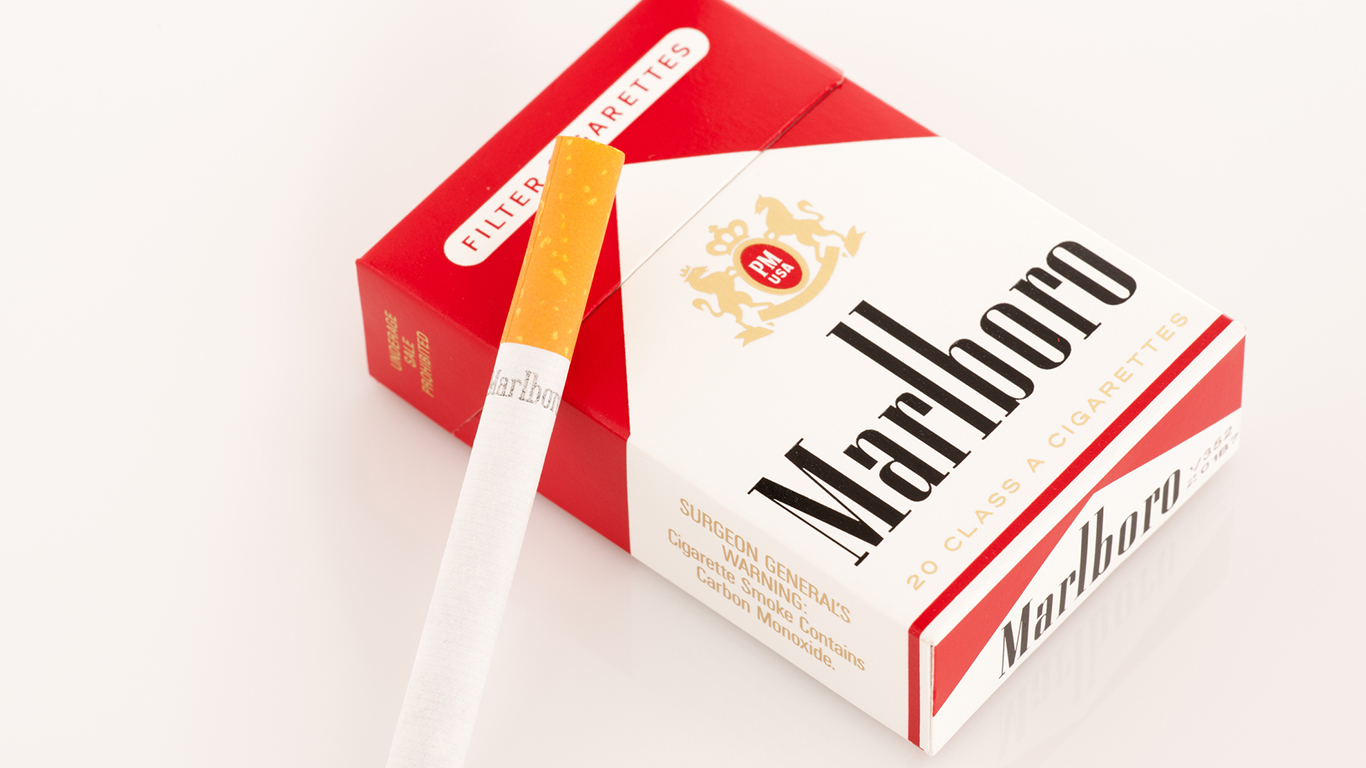 24/7 Wall St.
24/7 Wall St. 24/7 Wall St.
24/7 Wall St.